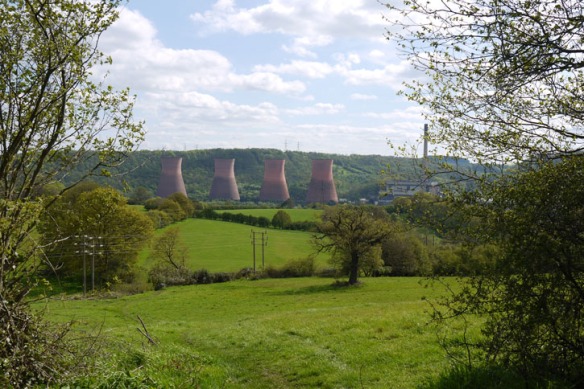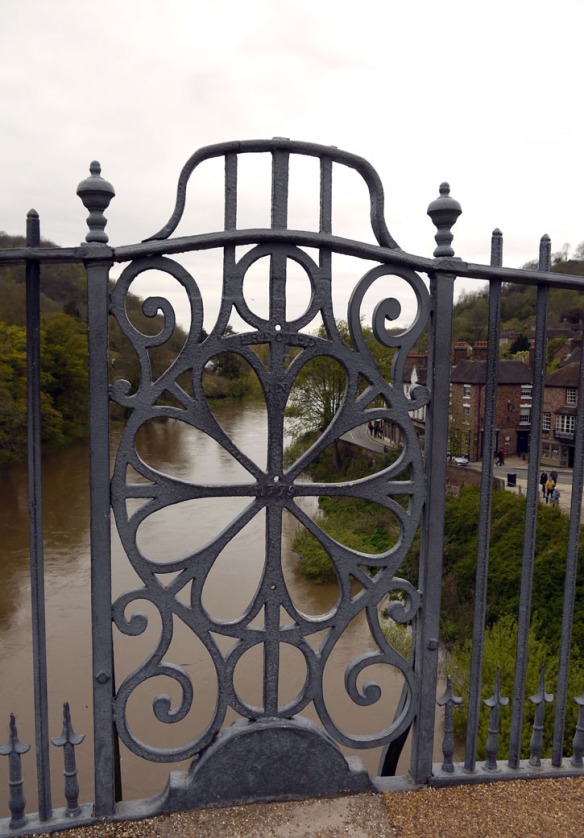 A short walk from the Ironbridge (which featured in my last V&V post) is Ironbridge Power Station. It is situated in the middle of beautiful countryside and is entirely invisible from the bridge itself, being hidden by the Severn Valley. The location was chosen because it was situated next to the River Severn and also next to several railway lines.
A short walk from the Ironbridge (which featured in my last V&V post) is Ironbridge Power Station. It is situated in the middle of beautiful countryside and is entirely invisible from the bridge itself, being hidden by the Severn Valley. The location was chosen because it was situated next to the River Severn and also next to several railway lines.
The original power station was eventually replaced due to increasing demand for electricity after World War II. The architect of the new power station collaborated with a landscape architect to ensure that the power station merged into its natural surroundings. It has a single chimney, which is 673ft high and is listed as the fifth tallest chimney in the UK. To put the height into perspective, the chimney is even taller than the HSBC Tower (Canary Wharf), The BT Tower (Marylebone) and Blackpool Tower.
The cooling towers were constructed of concrete to which a red pigment had been added so that they blended in with the local soil. The turbine hall itself is clad with granite faced concrete panels, aluminium panels and glazing. This building hides the metal clad boiler house.
The measures taken to blend the power station into the landscape, got it shortlisted for a Royal Institution of Chartered Surveyors/The Times conservation award.
Friends of the Earth claimed in 2006 that the station was the second most polluting power station in the United Kingdom. Due to changes in rules, the power station is due to be decommissioned by 2015.
Click here for a photograph that I took a few years ago showing the complete power station from a different perspective than shown in the above photo. The power station and in particular the cooling towers is seen as an important local landmark. It induces a lot of different reactions and links the industrial revolution of the past to the present day. I shall let you judge for yourselves whether or not the construction is a blot on the landscape or the architect achieved his aims.
I have to admit I like the contrast of the cooling towers against the greenery, even more so when they are operating and producing steam.

